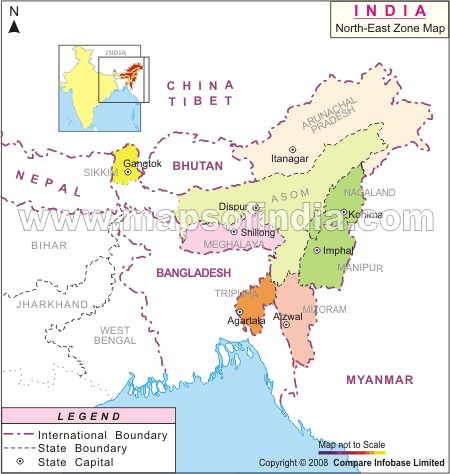Dutta Roy, D. (2008). Assessing Validity of Web-Based Computer Adaptive Training Modules, Journal Of The Indian Academy of Applied Psychology, Vol. 34, No.1, January, 127-136.
For last few months, I am thinking to organize one workshop on " Statistical modeling in Psychotherapy" . I got inspiration to organize such after listening the talk of Dr. Chatterjee.
Professor Olav Skille of Norway presented music therapy. He was not given much time. However, he developed music behaviour scale following the principles of music intelligence. Later on I discussed with him about neuroplasticity.
Yesterday, I was shocked by presentation of HIV-AIDS issue. In stead of strong data base, psychiatrists talked about prevalance of HIV among the cross section of population. Without using any standardized scale, they are relating HIV incidence to different psychiatric diagnostic groups. However, I have learnt one interesting thing from them that knowledge and attitude are non linearly related. This issue is very interesting, one can study on it. They want psychologists having knowledge of statistics as I assume.
Professor Giriswar Mishra of Delhi University presented indigenous psychology. We often depend upon western scale based on western cultural mileau ignoring our own cultural roots. I have strong belief in it. We have to propagate research methodology so that we can develop psychological instruments based on our own culture. I expected some studies but due to unavailability of time, he failed to show his study. However, he pointed out some methodological issues. He is the editor of well known Indian journal - 'Psychological Studies'.
At the General body meeting, it was decided that next conference will be held in Ourangabad, Maharashtra. The place is close to Ajanta and Illora. The GB meeting selected 3 persons from Bengal as Executive Member of IAAP - Prof. Hiren Gupta, Dr. Jayanti Basu and me. So, we have large task ahead. Every body appreciated my web page of the conference. They treated it as excellent. I have made this page on my own desire without thinking of any recognition. When our institute was involved with this conference, I proposed website as I thought that providing adequate information at the right moment is very much needed and it could avoid many hassles. . I have learnt many things by designing the web page. It gives me another pleasure as I find some relation between 'nishkam' and achievement out of it. Below is the website. Pl. look at it.
http://www.iaapconf 2008.org/
He told me to teach his regular 67 students about web designing with some charges. I told him that I could teach but I could not take money from students. He tried to motivate me to take some money but I could not compromise my existing value system. May be I am backward in this period. I do not know when my realization will come.
Another interesting lecture was given by Professor Avijit Ganguly on HRM practices in China. He pointed at strong conformity to the law is the key aspect for development in China.
He wants to share more, but limited time is there.
Finally the curtain dropped with declaration that next conference will be held in Ourangabad. Jayanti and her colleagues nicely finished valedictory session. She was very meticulous in giving vote of thanks.


